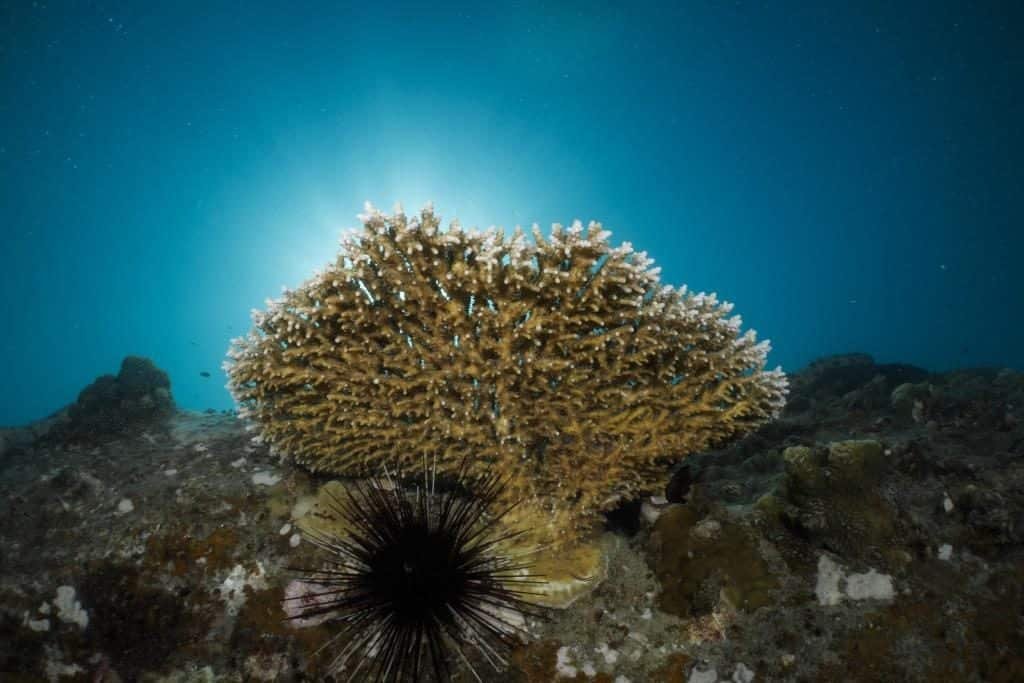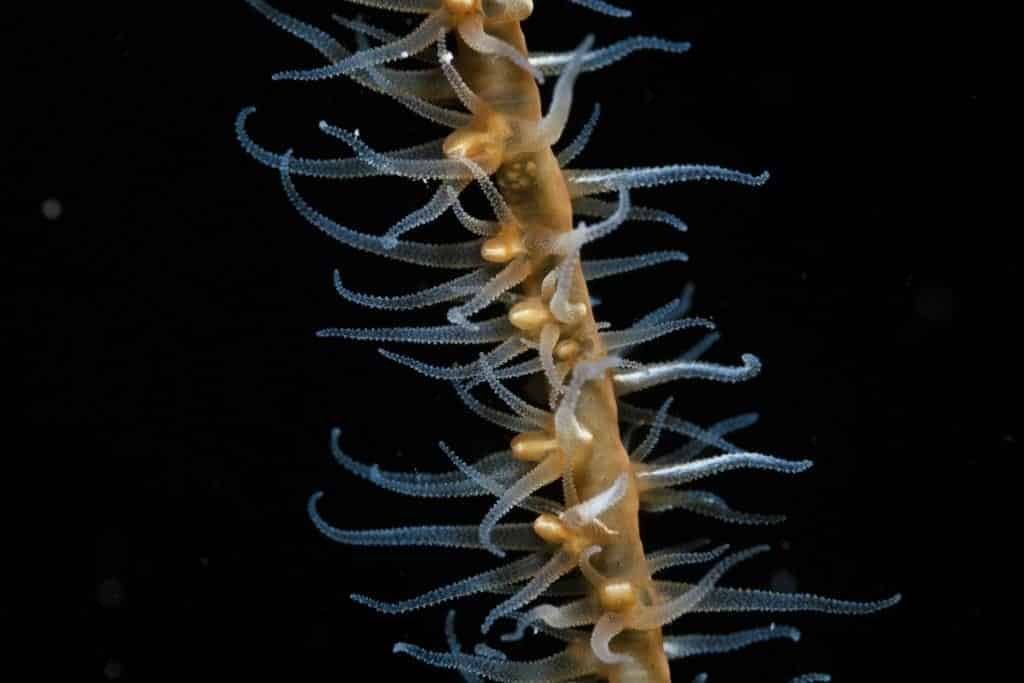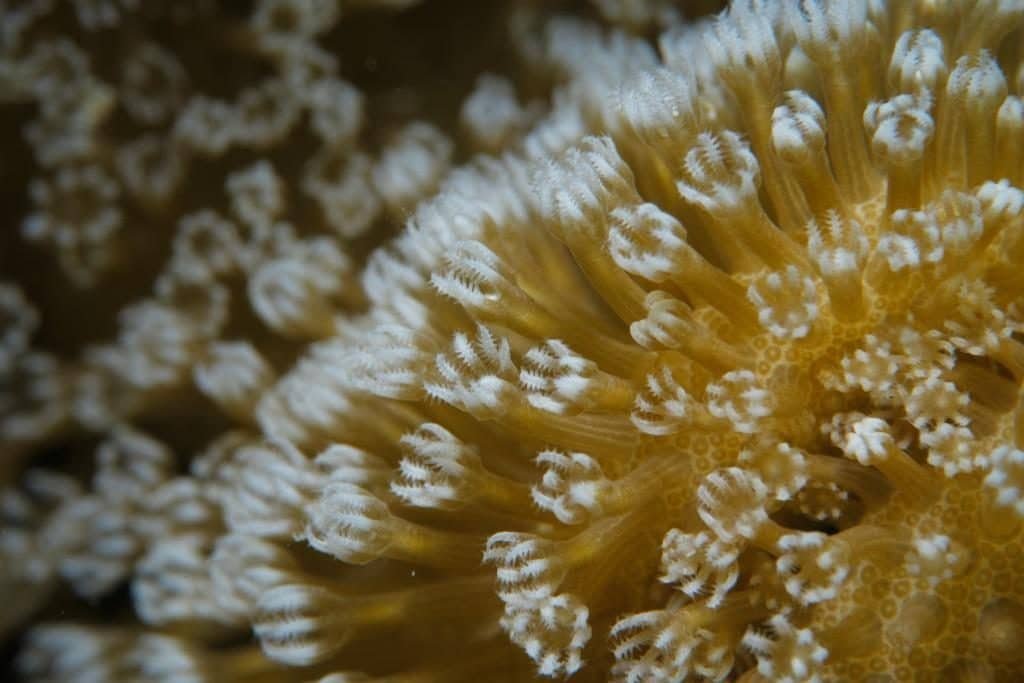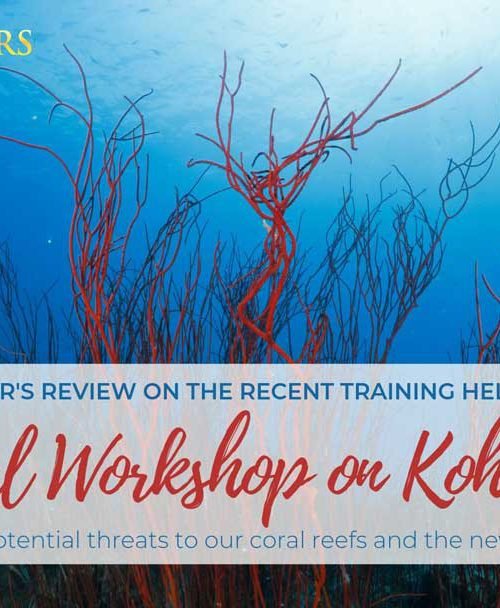A little while ago, we talked about the ongoing changes on the regulations for reef restoration in Thailand and gave you an insight in the start of a new series of workshops on Koh Tao. Just as planned, over the last months the DMCR (Department of Marine and Coastal Resources) held more and more workshops and of course we sent out our team members Kiri & Jason to attend the first round. Here is what Kiri reports.
Koh Tao Dive Controller Training Course
The DMCR recently held a 2-day training seminar for dive professionals on Koh Tao. The idea behind the course is to help keep the diving tourism sustainable in Thailand as well as to implement new laws and standards (more on these later), both in the Gulf of Thailand and the Andaman Sea. It was attended by many dive shops on the island and the aim is to hopefully in the future train every working dive professional on this course.
Before I cover what was involved in the workshop, I would like to give special thanks to the the Ban’s Conservation Learning Centre (BCLC) for hosting this event and putting on an amazing spread of food and drinks throughout the training.

Is it a plant or an animal?
The first topic which was covered, was all about coral! We learned what a coral is and for those of you who are not certain, here’s the brief answer: Coral is an animal that feeds on the plankton in the water. The coral itself is inhabited by zoothanthelle, a single-celled algae which gives coral its beautiful colour.
We also looked at the different ways coral can reproduce and the threats that coral faces. One of the many interesting things we learned, is that not all coral can tolerate the threats the same way and not all can recover at the same rate. For instance, boulder coral is naturally tougher as it basically just a solid lump of calcium carbonate that continues to grow over it self, quite similar to a tree trunk. But for this reason, it is also one of the slowest growing corals. Whereas branching coral (such as stag-horn coral for example) can grow relatively quickly, but in return it is a lot much more fragile.

The DMCR carried out a study in Thailand’s Surin Islands and found that those divers who had attended a pre-dive briefing, which educated them about coral, were less likely to make contact or even damage the coral reef. Naturally, regular dive training and continuing your diving education, like for example through the PADI Peak Performance Buoyancy course, makes it also less likely that a diver would damage coral.
A variety of threats to a fragile ecosystem
Coral reefs face many different threats and some are actually nature’s own threats, such as storm damage during monsoon seasons. The majority of threats however, are due to some form of human interaction:
- Touching coral – Most noticeably coral can be damaged by divers accidentally touching it or – even worse – breaking off bits of corals when diving in unfamiliar conditions.
- Rubbing ropes – If mooring buoys are attached in the wrong position, the rope could start to rub against the coral surface. Also, if the rope is placed in a wrong angle or has the wrong length, the boats which are attached to it could start dragging the concrete blocks (which are used to hold the mooring lines in place) closer to the reef itself.
- Chemicals & other toxins – Another threat, that is discussed widely at the moment, is the toxic chemicals in suncream which can lead to coral bleaching.
- Other threats – Those are just a few examples, and there are many other threats to our corals.
A much needed change
So, what is set to change? In the future, local dive leaders will be expected to evaluate dive sites based on the skill level of their divers. While most local dive leaders already practice this, it also means that everyone needs to pay even more attention when teaching courses. Some skills require kneeling down or hovering with just the fin tips in the sand and those skills should be executed at a distance from the reef. This way the dive leader can make sure that the sand/silt that gets naturally stirred up during these skills, does not settle on the coral.

Under the new law, which was announced in 2019, but is yet to be fully implemented, it is illegal to touch or remove coral, regardless of whether it is alive or dead. It is also illegal to chase fish during a dive or to trade any wild animal, once again, including corals. A new set of standards for dive operations will also be put into place and this will help everyone to follow these new laws. For instance, all divers will be required to have a diving insurance and in the future the use of pointers will be forbidden.
Photo credits: Dan Lee

